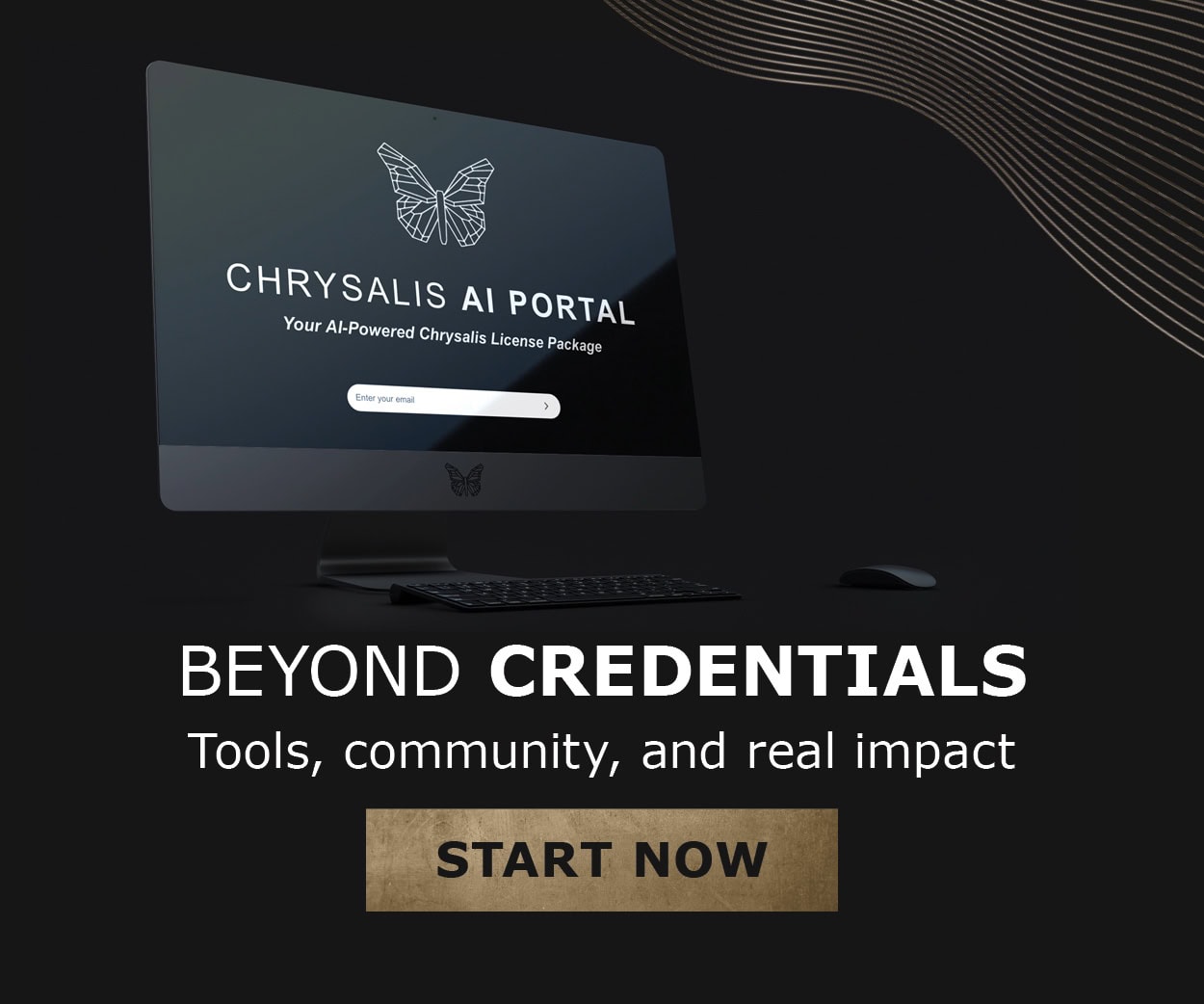A wise leader once said: “Presence eats technique for breakfast.”
So, what is the secret of building your presence? What does “being” involve? And how can you develop better present-moment awareness?
I believe that developing presence can improve a coach’s internal listening skills, self-management and cultivate authentic self-expression.
Like my clients today, I yearned to be known.
In my quest to understand who I was, I always looked to other people, to the circumstances of my life and my work identity. When things were good, they were great. When things were bad, they were really bad. My mistaken belief was that this reflection was a sense of who I was.
I was missing a vital sense of connection to myself. I didn’t understand that to discover inner peace, I needed to discover myself.
There was a chasm between who I thought I was, and who I knew I needed to become.
Two Ways of Knowing
We have two ways of “knowing.” The first is autobiographical. It’s our own sense of story and is characterized by language. We often use it in the form of narratives, like when we introduce ourselves to someone new. We talk about ourselves as a concept.
The second is experiencing yourself. This is described by Bessel Van der Kolk as “registering the self in the present moment.” This is all about sensing, both inside and outside your body. For example, the awareness of your breath or the rhythm of your heartbeat. It is not thinking. It is often difficult to translate these sensations into words because the speech and language areas of the brain are not activated.
I was aware of being attached exclusively to my autobiographical story.
I needed to do something different to find this whole person connection that I was yearning to discover. I decided to get curious about how to foster and nurture my self-awareness, and today I can share my journey that continues to help me as a coach.
Listening to Yourself and Your Client to Create Connection
It seemed like a paradox.
However, in my practice as a professional Co-Active coach, I noticed a marked improvement in my listening skills when I tapped into my body sensations.
Focusing my attention on how I am being, I am conscious of the impact on my client.
When I start to become aware of level 1 listening, I decide to deepen it by being curious. As I listen at level 2 and 3 for what the client is saying or indeed not saying, I am aware of two things:
First is how I use internal cues, creating a soft-focus lens on all my senses— mind, body, emotions, heart and spirit. And how I use external cues like sounds or temperature in the environment. This allows me to give depth to my sensing. Second, I relax into my self-knowing, allowing my client to be naturally creative, resourceful and whole.
Being a Barometer to Manage Yourself Effectively
What happens when the pressure in the coaching relationship constricts or expands?
Self-management in the context of the Co-Active model is a tough muscle to train.
From birth, our society conditions us into believing that “doing” is more important than “being.” Yet when I am actively conscious of being, I create a spaciousness into which clients can step.
Being a barometer is about allowing, noticing and sensing everything you need to for yourself and your client. Over-regulating our own emotions to serve a client originates from a sense of fear.
Can you be the barometer?
Cultivating the Ability to Express Yourself Authentically
One of the key attributes of authentic expression is fierce courage.
As I become a subject matter expert on myself, I’m able to tune into what is present for me in coaching sessions. By allowing and observing my own experience, I notice an increase in the ability to tap into my intuition. This access allows me to call forth fierce courage to pose naturally provocative questions to my client, such as“Where are you making assumptions?”
Coaching from my being, I notice that I trust the quality and ferocity of my blurts and metaphors which originate from my visual and body sensations.
Some real-life creative examples:
- Frustrated, like a lion pacing in a cage
- Being an exhibit in your own life, watching yourself on a video loop
- Busy like a frazzled secretary who knows everyone’s secret
Clients can detect when their coach is being safe and inauthentic.
Creating Better Present-moment Awareness
Practicing mindfulness and observing your own reactivity is powerful in creating impact with clients.
Here are some inquiries to consider:
- What is important to me about creating present-moment awareness personally and professionally?
- What do I notice about the silence in my coaching?
- How can my observer ally assist?
- What archetype can I create?
In conclusion, when you embody presence, you become a walking, talking and breathing Co-Active model.
Clients sense your integrity as your words are perceived as congruent with your being. This inspires trust, and can mean that clients—inspired your authenticity— want to work with you. Simply by you, being you.
© Reflect to Act Coaching by Uzma Mohamedali
Disclaimer
The views and opinions expressed in guest posts featured on this blog are those of the author and do not necessarily reflect the opinions and views of the International Coach Federation (ICF). The publication of a guest post on the ICF Blog does not equate to an ICF endorsement or guarantee of the products or services provided by the author.
Additionally, for the purpose of full disclosure and as a disclaimer of liability, this content was possibly generated using the assistance of an AI program. Its contents, either in whole or in part, have been reviewed and revised by a human. Nevertheless, the reader/user is responsible for verifying the information presented and should not rely upon this article or post as providing any specific professional advice or counsel. Its contents are provided “as is,” and ICF makes no representations or warranties as to its accuracy or completeness and to the fullest extent permitted by applicable law specifically disclaims any and all liability for any damages or injuries resulting from use of or reliance thereupon.
Authors
Post Type
Blog
Audience Type
Coach Educators, Experienced Coaches, External Coaches, ICF Chapter Leaders, Internal Coaches, New Coaches, Professional Coaches, Team and Group Coaches
Topic
Become a Coach, Discover - Your Coaching Career
Related Posts
How Psychology and Supervision Evolve Coaching
As the coaching profession continues to grow and mature, one question is…
How Conscientious Inclusion Can Improve Your Coaching
Coaching continues to evolve as the world becomes more interconnected, multicultural, and…
The Coaching Trap: When Empathy Becomes Exhaustion
Prepare yourself for the fact that this will not be about you…








